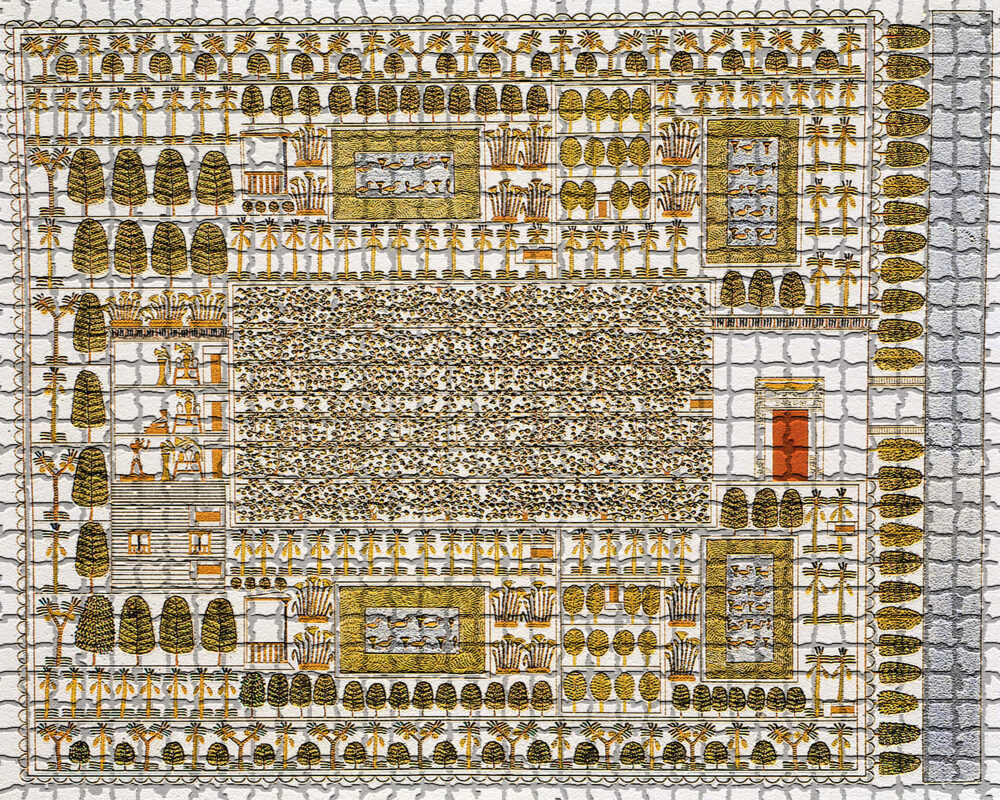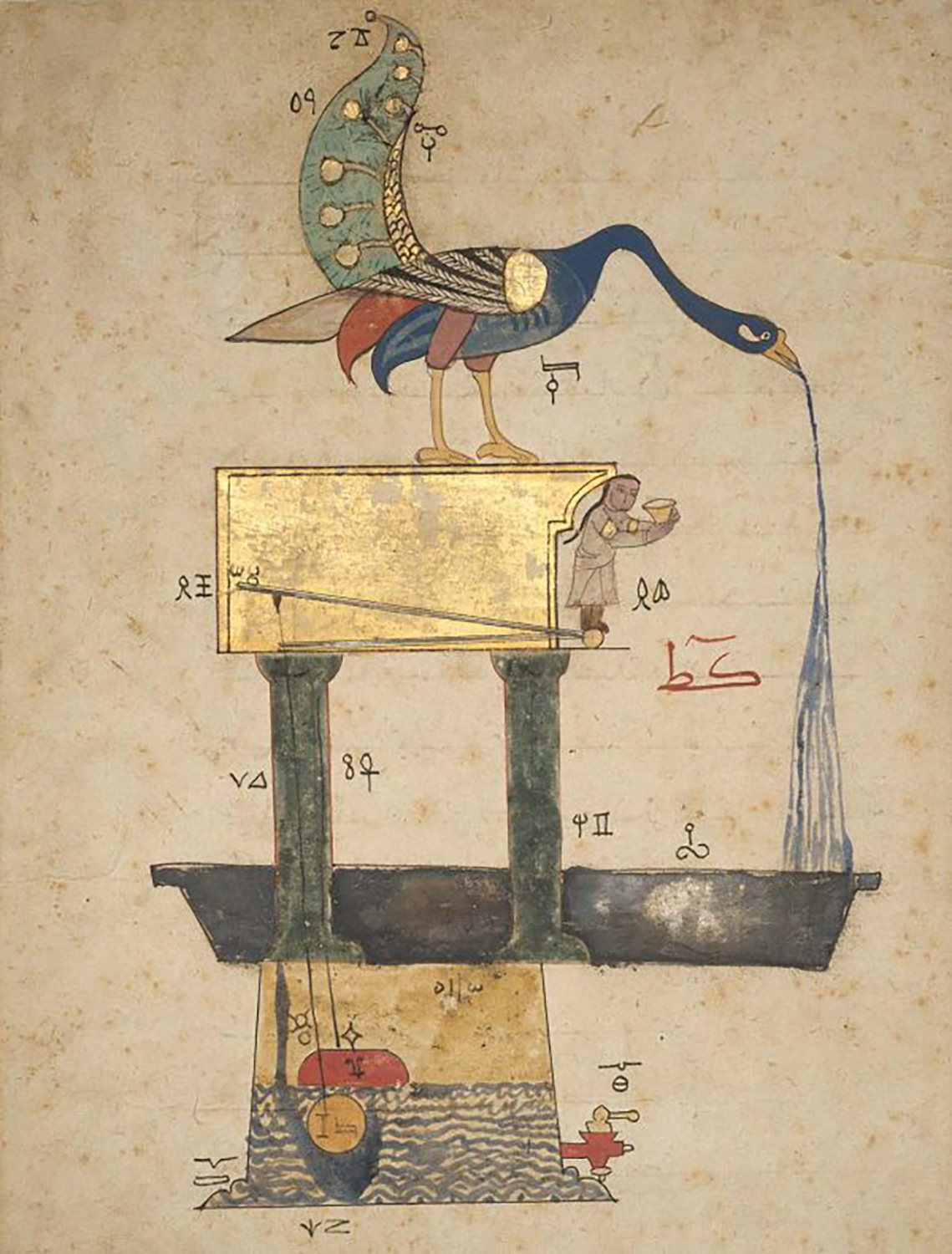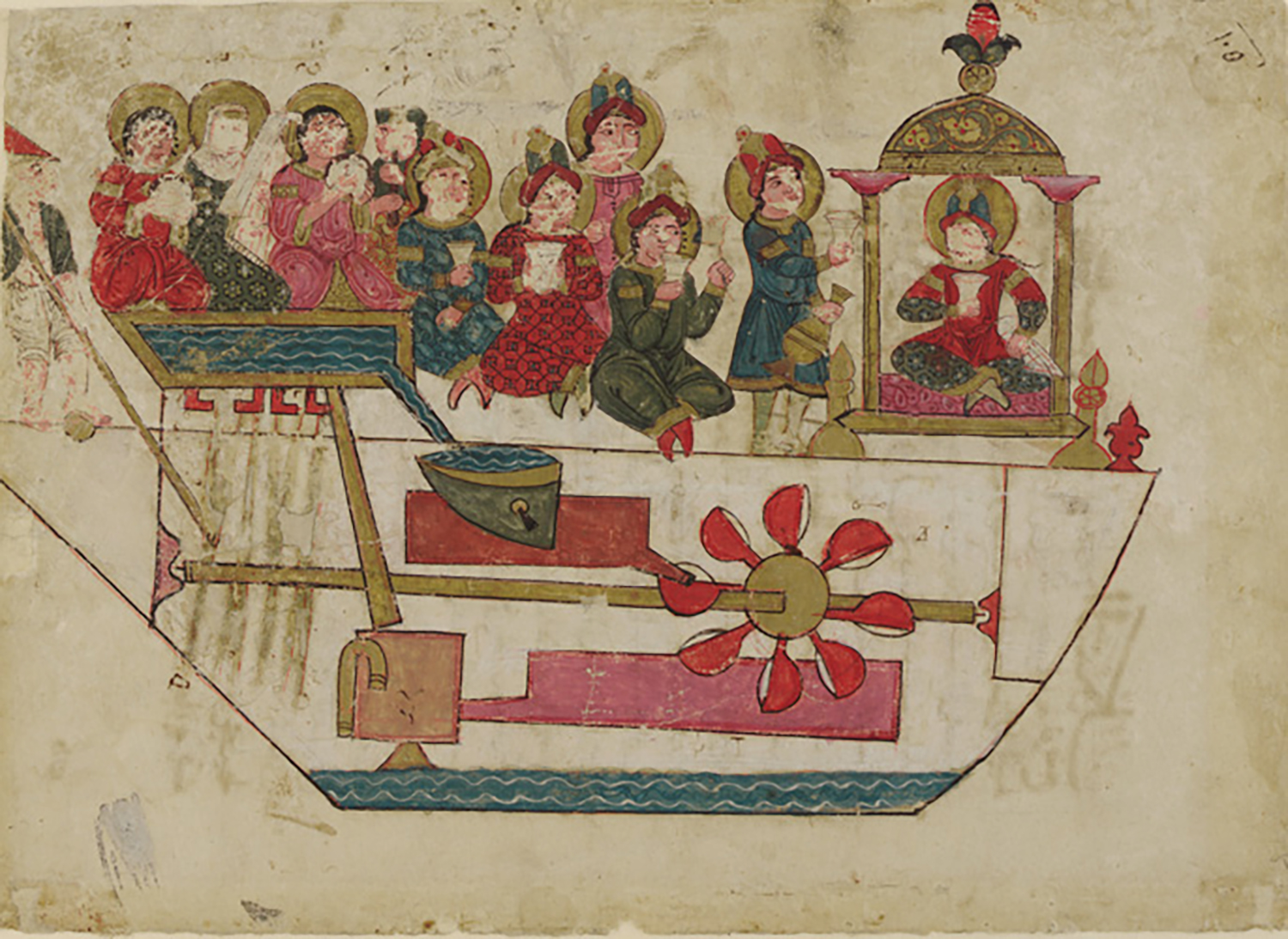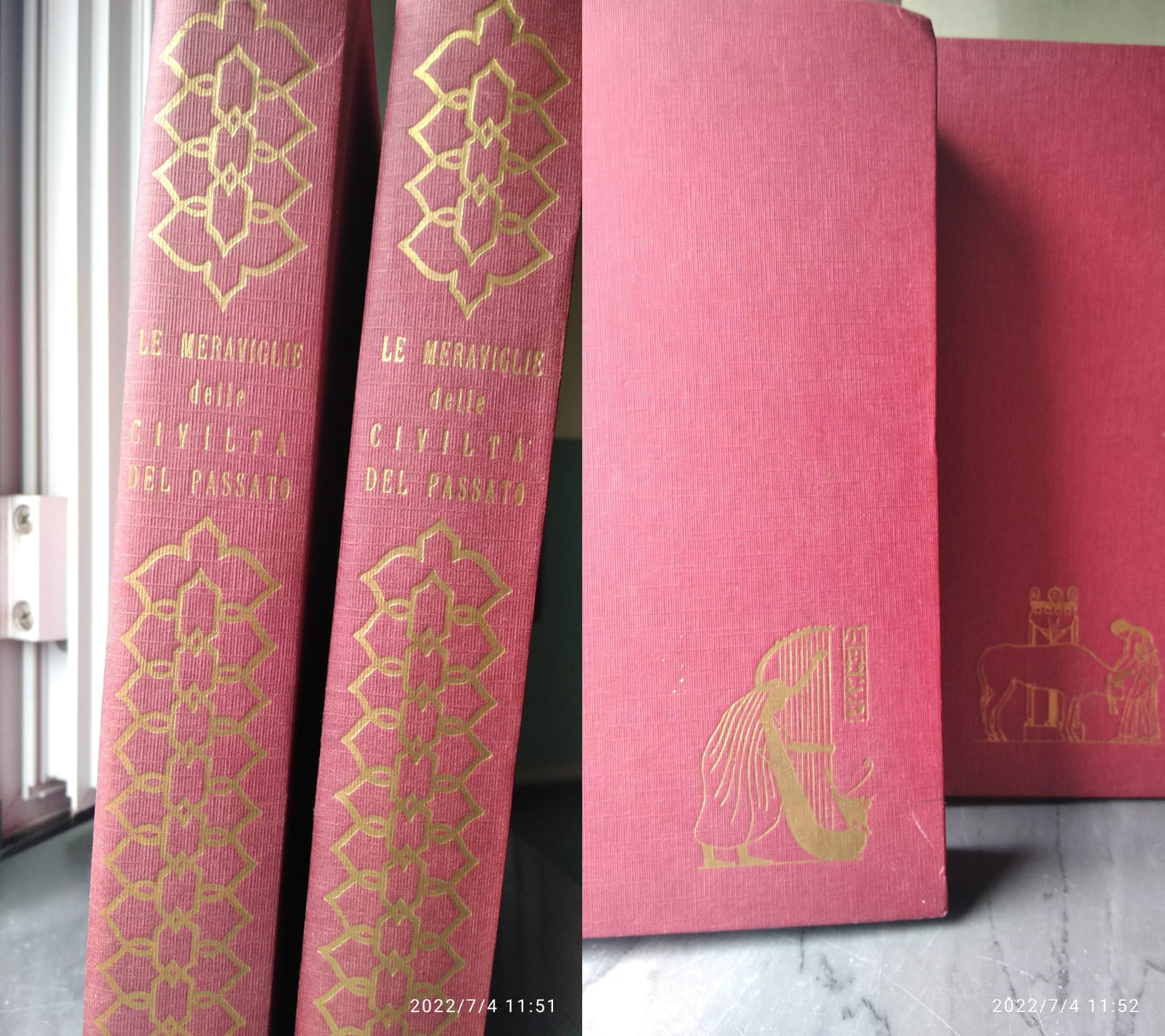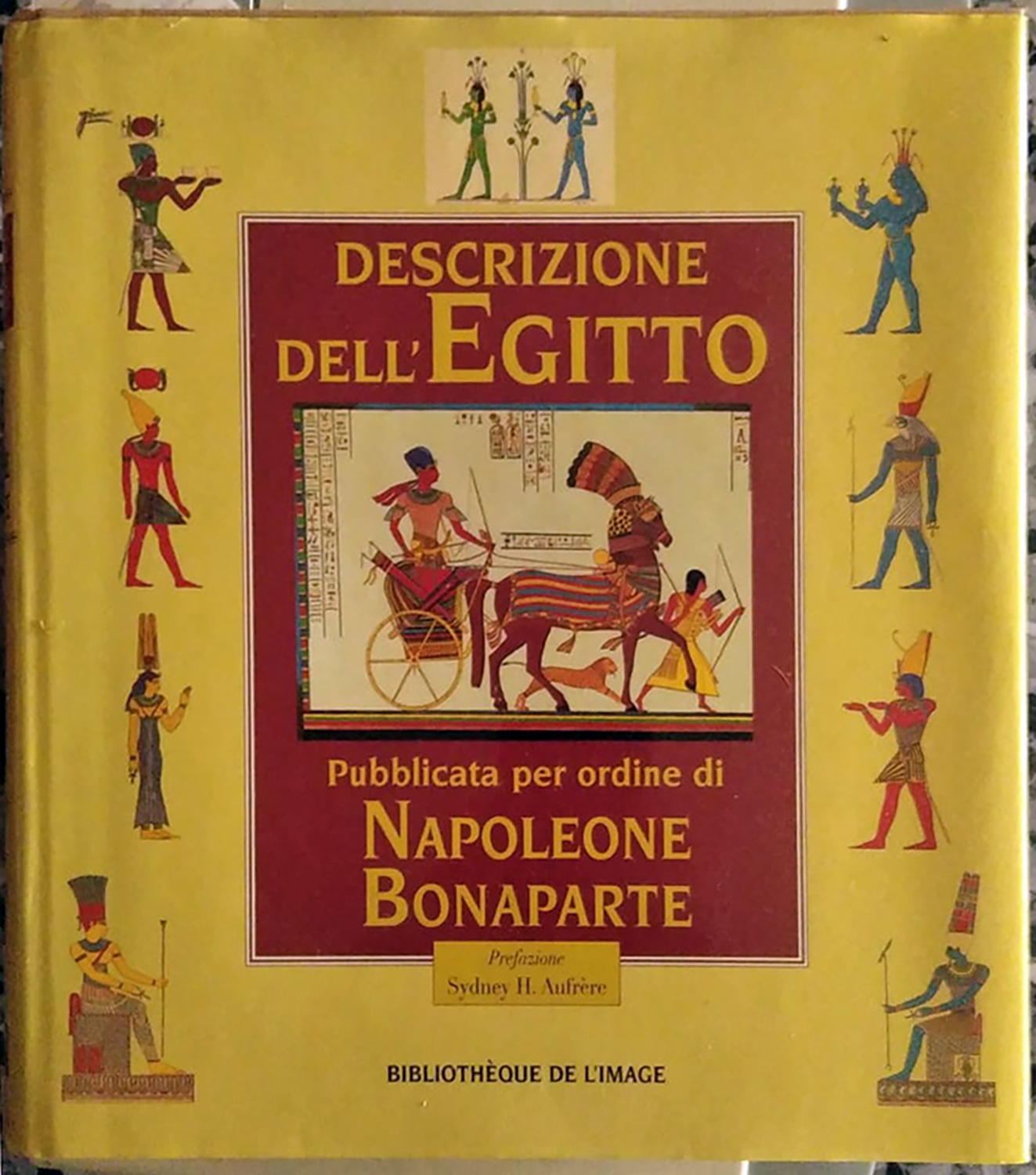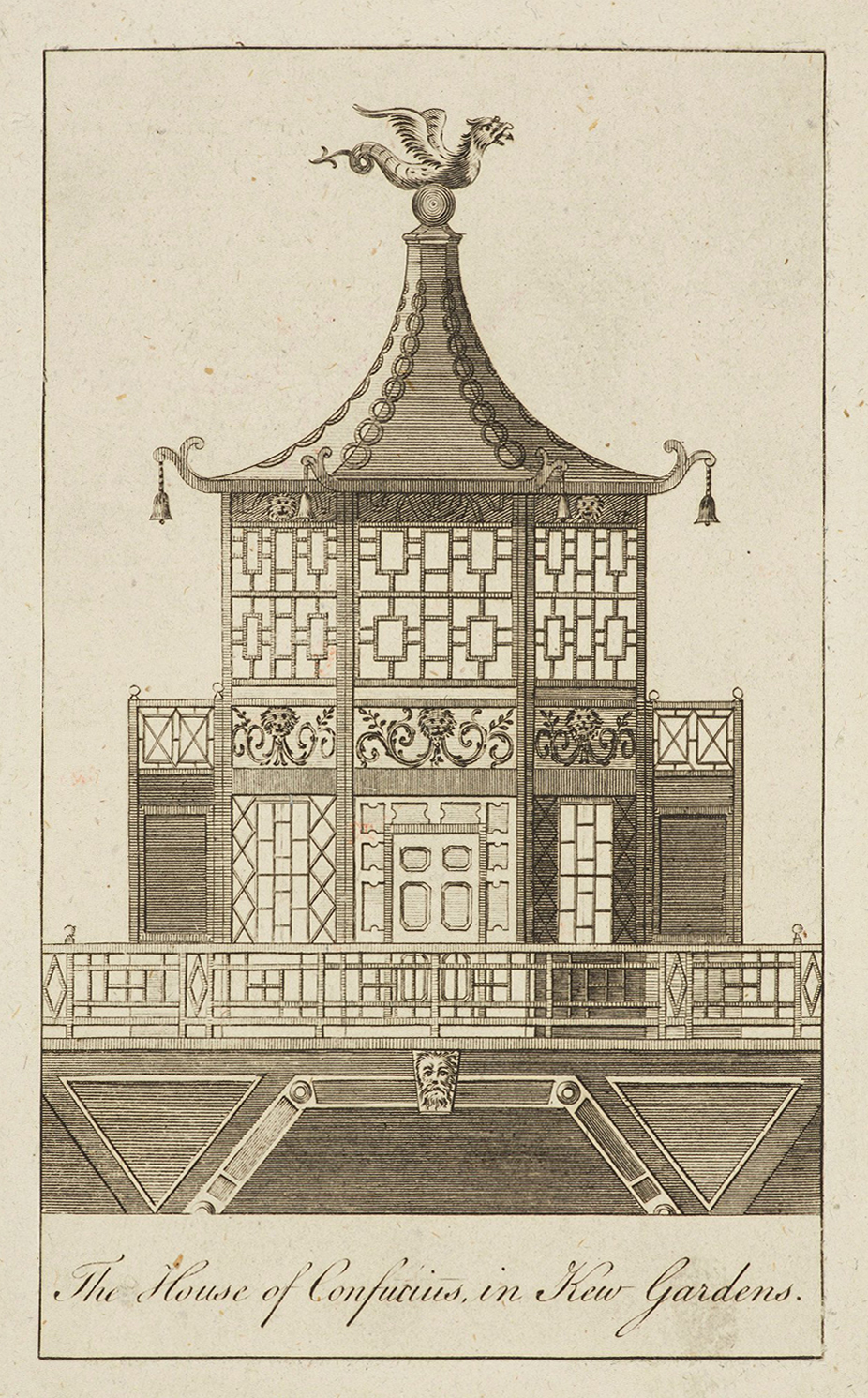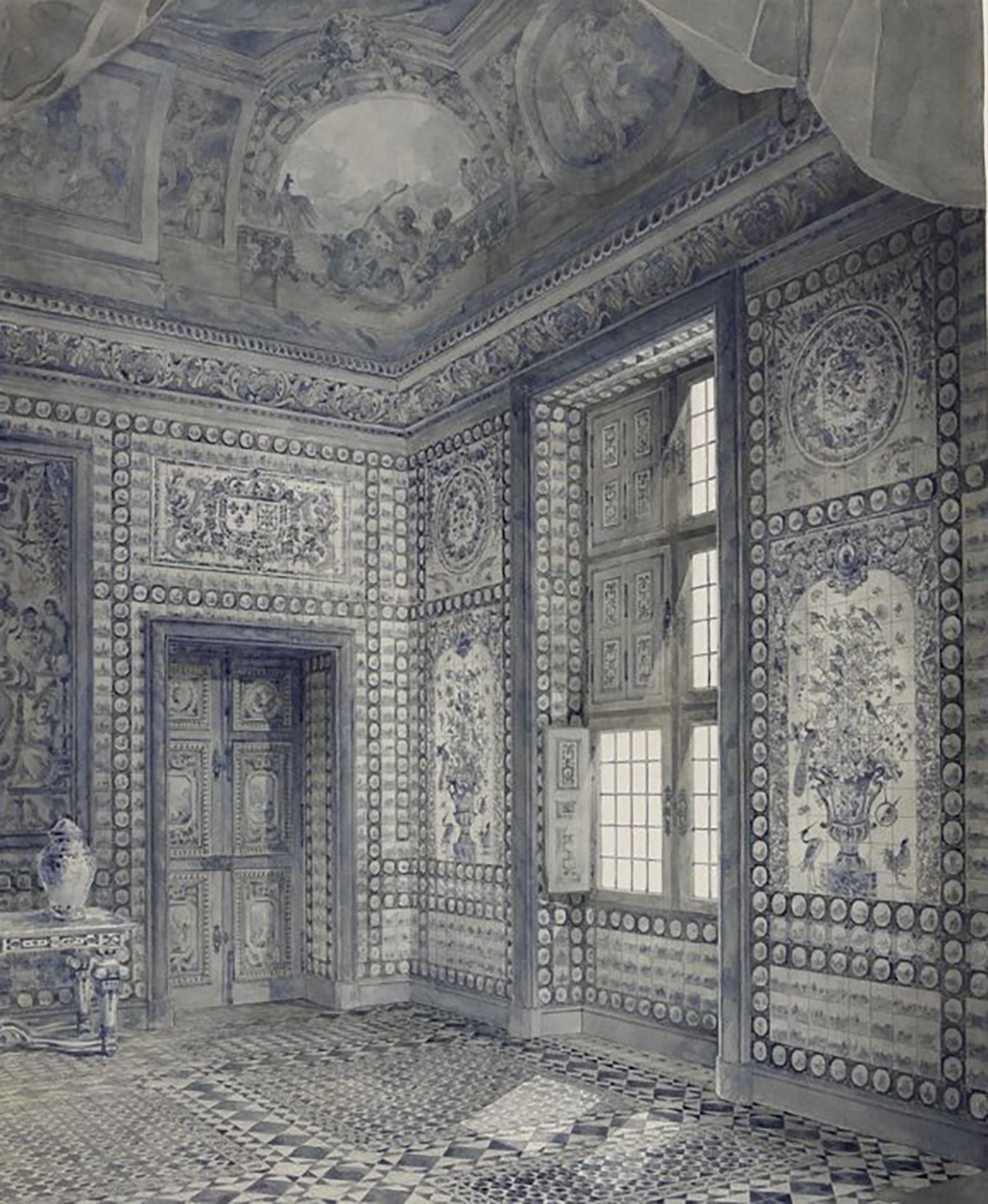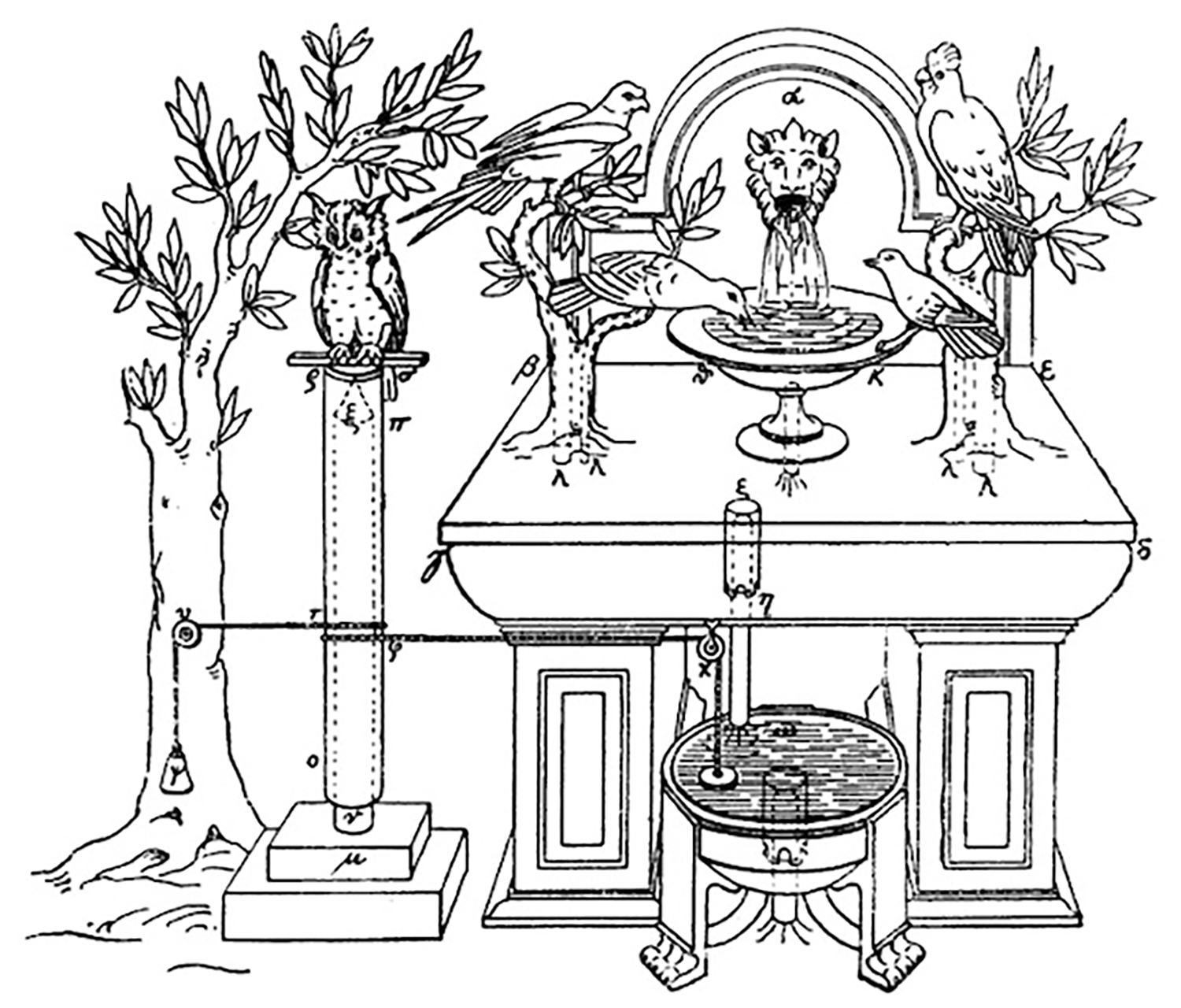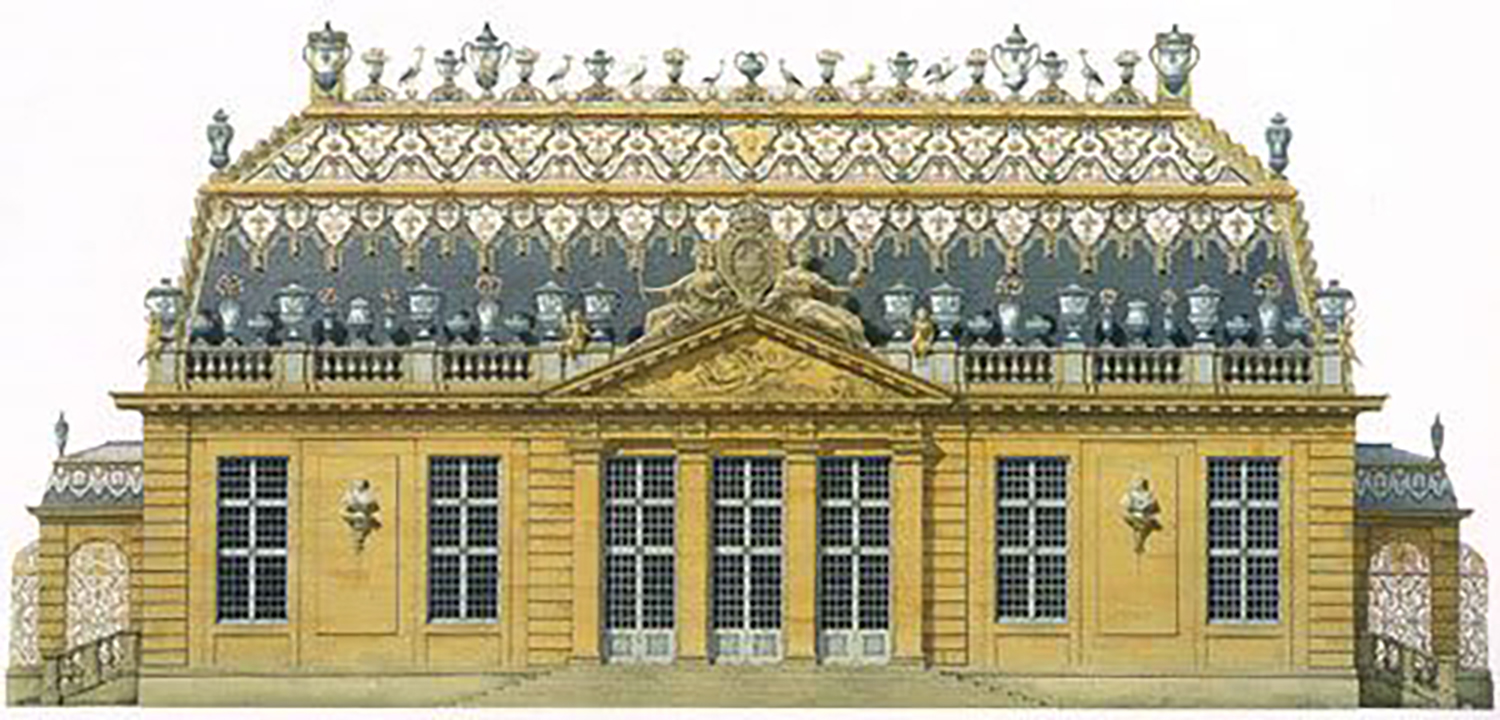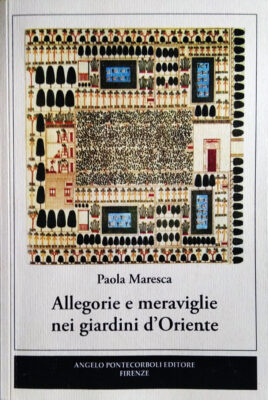 I always love to read about the gardens of the East.
I always love to read about the gardens of the East.
It will be a professional twist, but learning something new about gardens or reading even just new thoughts on familiar topics inspires me for a lot of new actions.
This book has been and is a source of amazing daydreams. Written beautifully in fluid and evocative Italian, it accompanies you in an exciting historical excursus.
Oriental gardens such as Arabs, Syrians, Egyptians, Persians, Indians, Chinese and Japanese, the allegories, the beliefs, the philosophy behind the projects of the most beautiful gardens told by travelers such as Marco Polo with THE MILLION, Bonaparte with DESCRIPTION OF ANCIENT EGYPT or the team of Ebers, Lefévre, Gregorius, Delattre etc. with THE WONDERS OF CIVILIZATION OF THE PAST.
One feels the urge to study automata, reproduce them and, if possible, visit the survivors inserted in gardens all over Europe from books lost over time, perhaps looking for their projects.
Il Mondo del Giardino recommends: a visit not to be missed
In this regard, I leave the discussion of the book to recommend a visit to the Villa Borromeo Visconti Litta in Lainate (MI) where all the original water games and tricks have been put back into operation – with modern methods – but being able to trace the drawings of the self-propelled vehicles designed at the time.
Reading this book is also difficult because you constantly run into topics you want to know more about
In fact, the book is full of ideas which, although assembled in a linear and pleasant speech, lead you from time to time on cognitive paths of culture, but also of oneself that one cannot but follow.
You want to look for the plans of Kew Gardens – which we will discuss in the article “Kew Gardens: Drawings” – as well as read Marsilio Ficino’s “De Triplici Vita” which has little to do with gardens, but a lot with magic. Or find the scientific name of the Sycamore – Ficus sycomorus plant with which the sarcophagi were built – considered magical and sacred.
In this book there is a great ability to tell huge topics just by citing them. You won’t be able to know all the topics from root to tip, but you will have the tools to access them and place them in the fullest context of the story.
In fact, the writer manages to fly lightly among the stories of writers, historians, travelers, kings and designers without ever losing the thread of her own narrative and without weighing down the pages.
You do not realize that you have already finished the book that you want to start over to explore new paths and I assure you that it happens.
Only until now that I wrote this article I bought “The Wonders of the Civilizations of the Past” and “Description of Egypt – Published by order of Napoleon Bonaparte” to go and read the quoted parts at the source and maybe new descriptions of gardens not shown in the book. Go ahead so I will have to seriously make room in an already suffering library.
When you read about Egyptian gardens you would like to find their plans to memorize their philosophy and creative processes as well as tricks, perhaps not previously noted.
This book also allowed me to discover that an Egyptian garden, reproduced by me half a point many years ago, was actually a funerary garden … oh well.
When, reading about the gardens built during the Ottoman domination, you discover that two are still existing and can be visited, you begin to think about how to go there.
Each chapter also contains images, in black and white, of oriental gardens referred to in the text, thus allowing you to view the stories described and giving an idea of what you meant, but also allowing you to explore the considered topic in a more conscious way on the internet the argoment more interesting.
Just by reading and looking at the images of the book I also deepened some (many) topics on the web and the images that I insert here are some small insights of which we will certainly write other articles in the future.
I’m starting to give you an idea of what adventure is reading this book?
It is not a reading: it is an experience.
Perhaps with this book no changes will be decided in our garden, but our expanded vision of the oriental gardens will cloak our ideas of ecstatic dreams.
Now on horseback! Work awaits us! Our new wonderful outdoor space is about to be born!
GOOD WORK and … if you have any questions please write to info@mondodelgiardino.com
Thanks for the image sources: Sigvard Strandh in “the history of the Machine” for the design of the Birds Singing Automata project; rct.uk for the printing of the House of Confucius at Kew Gardens; collectorsweekly.com for the automaton of the Peacock Fountain and the robotic Band and thisisversaillesmadame.blogspot.com for the images of the Trianon de Porcelaine and the related Diana’s room.


